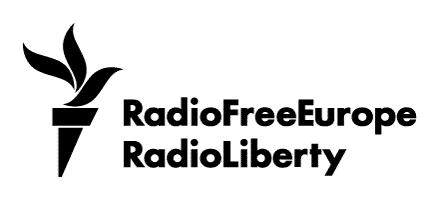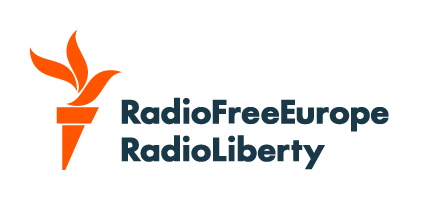EU leaders will task the European Commission on October 23 with drawing up a legal proposal to leverage 176 billion euros ($204 billion) of frozen Russian state assets for a loan to Ukraine -- a move that could cover most of Kyiv’s financial needs for the next three years.
European diplomats who spoke with RFE/RL believe there is a chance the whole scheme can be agreed upon by the end of this year and that it would help fill the shortfall expected if the United States is no longer willing to finance Kyiv to the same extent as before.
The idea is not to confiscate the Russian assets, largely held in the Belgian-based financial markets company Euroclear, but rather to replace them with bonds issued by the European Commission and backed by EU member states and potentially other Group of Seven (G7) countries and other partners.
The money would then go to Kyiv in 2026-2028 as a so-called “reparations loan,” which Ukraine would only need to repay once Russia pays war reparations.
Roughly speaking, three issues still need to be worked out and will be negotiated in the coming weeks.
First, there are legal questions, raised mostly by Euroclear’s host country, Belgium.
Then there are debates about what Ukraine can spend the money on, largely driven by France.
And finally, there is a broader discussion about who will take part, how, and what risks that entails.
Belgium's Concerns
Belgium fears that some non-EU countries -- such as China, for example -- would start withdrawing their sovereign wealth in Euroclear amid fears that it might be seized for political reasons. This is a concern that has also been voiced by the European Central Bank (ECB).
The European Commission has, however, made it clear in a discussion paper seen by RFE/RL that taking these steps is not confiscation, as the principal money would still remain untouched. It is also a one-off, temporary measure.
Belgium is also fretting that it might have to repay the money by itself if Russia takes it to court and wins, although the European Commission has pointed out that Russian court orders aren’t enforceable in the EU.
More importantly, a system of bilateral guarantees from individual member states has also been proposed, which would be replaced in 2028 when the new long-term EU budget comes into force.
Then there is the question of how Ukraine should be allowed to spend the roughly €45 billion ($52 billion) it would receive each year.
Implemented Without Unanimity?
France has been vocal in its insistence that the cash should be mainly used for defense procurement in Europe while others have urged more flexibility.
The European Commission has suggested a compromise of “two legs”-- with one part of the money being spent on “Ukraine’s defense technological and industrial base and its integration into the European defense industry, including through the procurement of defense material,” and the other part being used for classic budgetary support.
Now, the issue is whether all 27 EU member states will back the plan.
Unanimity is not required for signing off on the reparations loan but the more member states that sign up, the wider the risk is shared.
Brussels ideally wants to have some of the G7 countries on board so as to ensure that this is not solely an EU venture, given that there are Russian central bank assets elsewhere as well. It would also help prevent the potential flight of assets held in euros if, for example, Britain and Japan also committed.
One EU official told RFE/RL that if, say, Hungary and Slovakia don’t come onboard this could be offset by a few wealthy non-EU countries stepping up instead.











